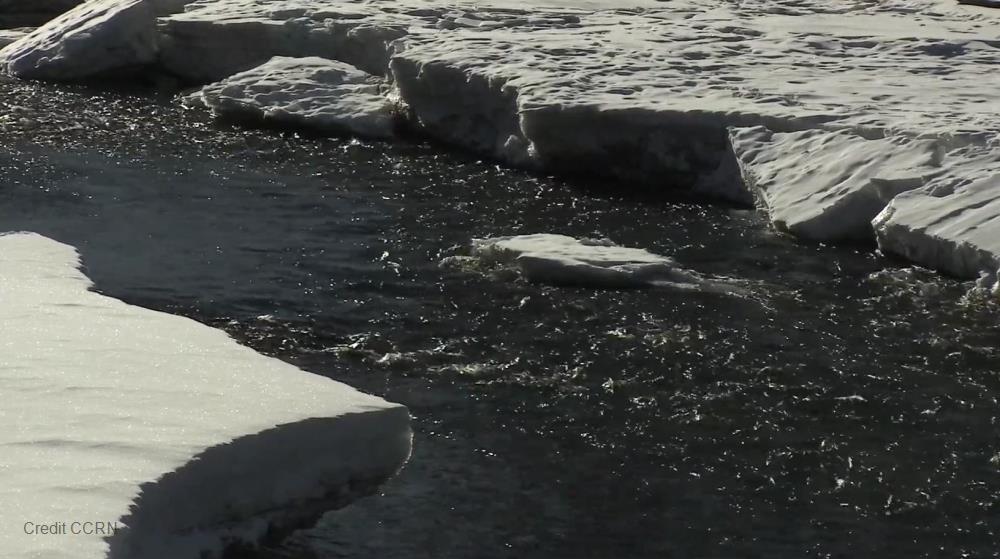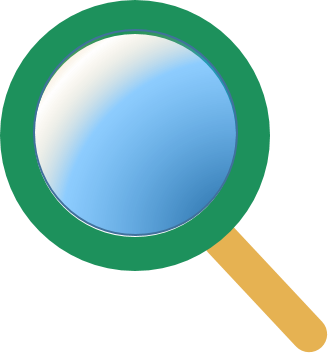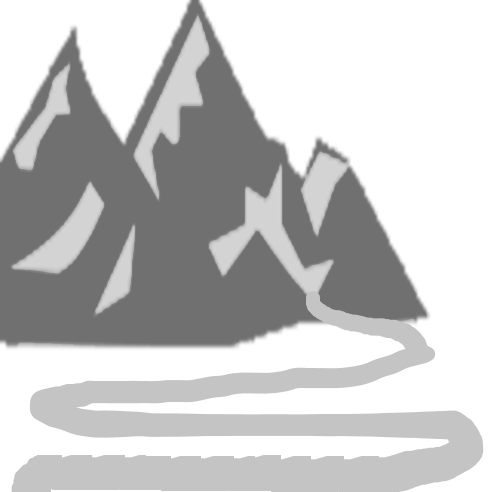
Related items loading ...
Section 1: Publication
Publication Type
Thesis
Authorship
Alijani, Zohreh
Title
Investigation the Role of Factors Important for the Validation of Satellite Soil Moisture Retrievals: Applications of LiDAR Technology
Year
2023
Publication Outlet
University of Guelph - Theses and Dissertations
DOI
ISBN
ISSN
Citation
Alijani, Zohreh (2023) Investigation the Role of Factors Important for the Validation of Satellite Soil Moisture Retrievals: Applications of LiDAR Technology, University of Guelph - Theses and Dissertations,
https://hdl.handle.net/10214/27444
Abstract
Soil moisture is one of the critical factors affecting agriculture. Models to retrieve soil moisture from satellites require detailed information on surface roughness to reach a precise solution. Providing insights into the significance of the required parameters for soil moisture retrieval can be achieved through advancements in remote sensing applications. Light Detection and Ranging (LiDAR) technology, as one of the rapidly growing remote sensing techniques, has been commonly used in geospatial studies. This technology allows for fast monitoring and producing high-resolution Digital Terrain Models (DTM) with high accuracy, precision, and flexibility. Soil moisture studies significantly benefit from this technology since LiDAR can provide high-resolution terrain modeling and mapping. In this thesis, I investigate the applications of LiDAR technology, which are crucial to improving soil moisture retrieval, through three main chapters. The goal is to identify how LiDAR data can be collected in various scales and how these data can be utilized for different applications of soil moisture studies.Chapter One characterizes surface roughness parameters using Apple iPhone 12 Pro LiDAR (iPhone LiDAR), pin profiler, and photogrammetry at a small scale (hydrological flume). The objective of this chapter is to analyze how the novel Apple LiDAR sensor can be reliable for 3D point cloud data collection and whether we can rely on these data for the surface roughness characterization required for soil moisture retrieval. Chapter Two analyzes the sensitivity of surface roughness parameters obtained from LiDAR Terrestrial Laser Scanner (TLS) with SAR polarimetric parameters and compares the results with the sensitivity of pin measurements to polarimetric parameters. This chapter also highlights how surface roughness parameters measured at different orientations (0-360˚), which can be obtained from LiDAR point clouds, can impact the sensitivity analysis of surface roughness directionality with SAR polarimetric variables at various incidence angles within the field. Finally, chapter Three investigates the application of a high-resolution Digital Elevation Model (DEM, 0.5 m), interpolated from LiDAR point clouds, and its derivatives, as well as remote sensing data, as the input covariates, for defining an optimal and practical soil moisture sampling scheme. The results of this thesis will contribute to a better understanding and improvement of the main factors critical for satellite soil moisture retrieval, in the realm of LiDAR technology.
Plain Language Summary


 GWFNet
GWFNet Master
Master Data
Data Research
Research Map
Map
 Advanced
Advanced Tools
Tools
 . . .
. . .
 Metadata Editor
Metadata Editor
 Record List
Record List
 Alias List Editor
Alias List Editor
 Legacy sites
Legacy sites